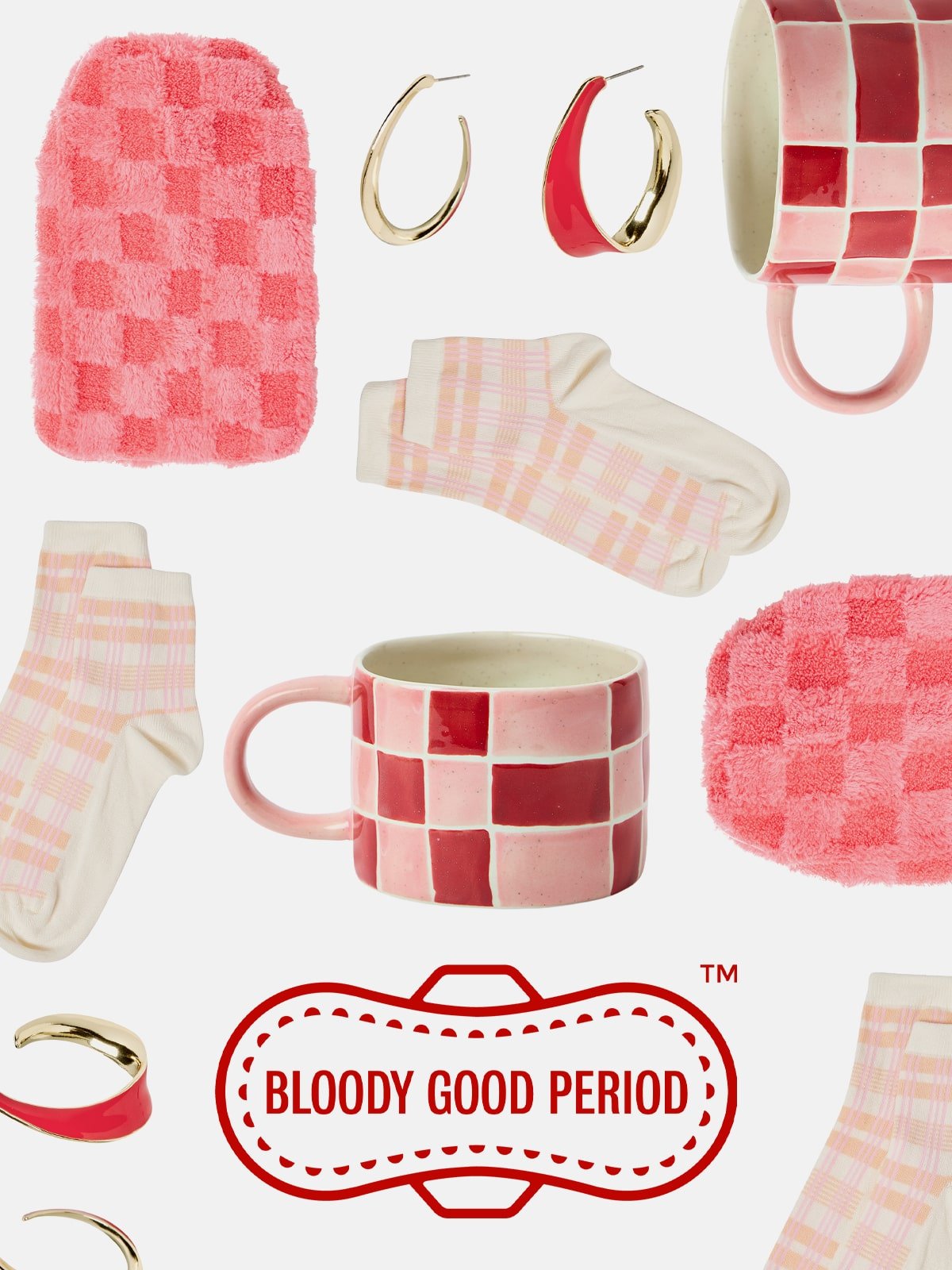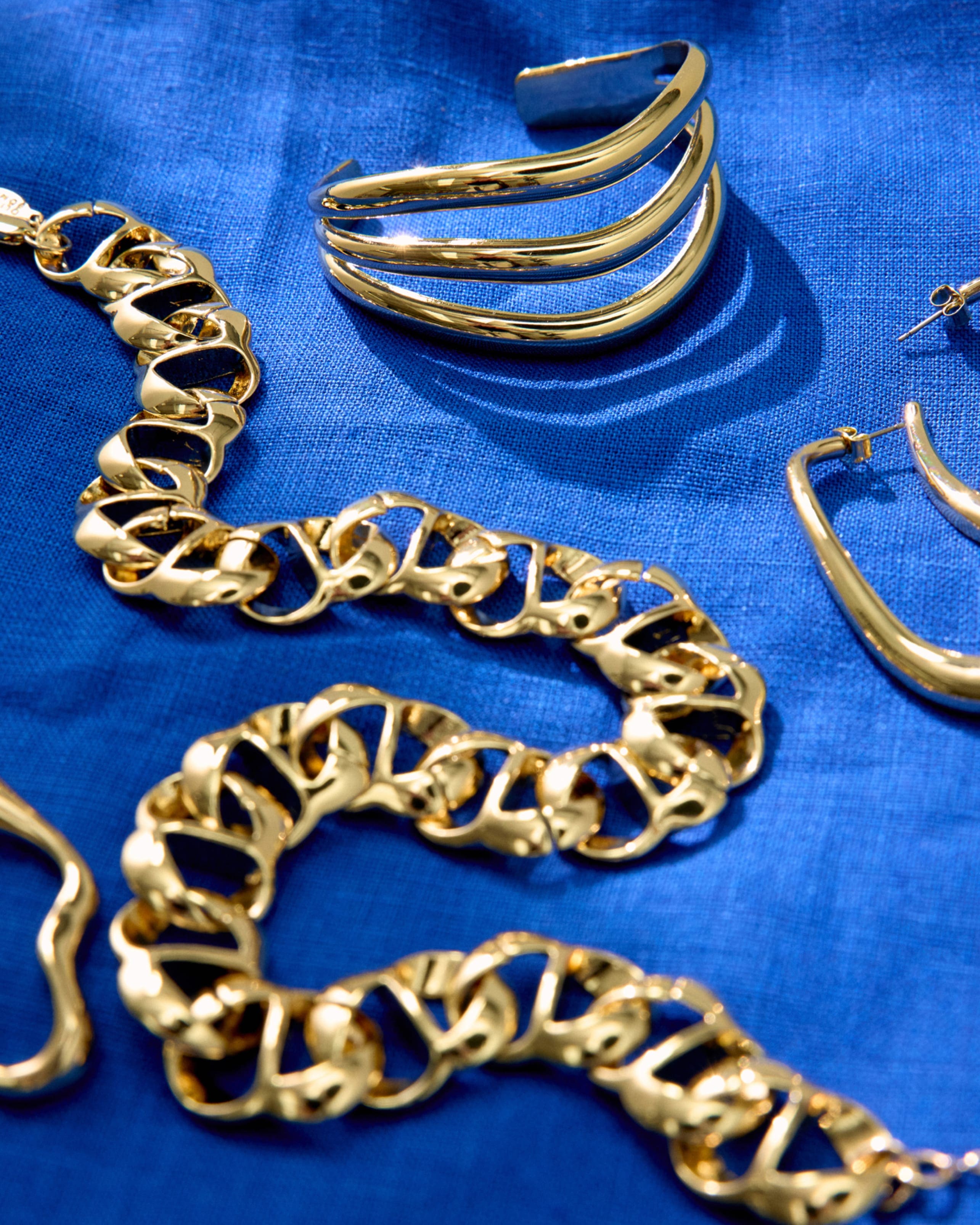How to remove stains from clothes
Type of stain
1. Make-up
Remember surgical spirit - that disinfectant you used after getting your ears pierced? Well, it’s also particularly effective if you’ve dropped your lipstick onto your top while applying (we’ve all been there), since the alcohol it contains can break down oily and waxy stains. Soak a cotton ball or the tip of a washcloth in surgical spirit and then rub it over the offending stain.
If surgical spirit (otherwise known as rubbing alcohol) doesn’t remove your lippy stain, try using hairspray. Spray a good amount directly onto the stain and leave it to dry completely. Once the hairspray is fully dry, rub the stain with a make-up removal wipe. The mark should easily lift and leave your clothing make-up free. This trick will only work with hairspray that contains alcohol.
2. Inkpen
Troublesome biro leaked onto your shirt? Simply soak the garment overnight in a bowl of whole milk, making sure that the stained portion is completely submerged. If there are slight traces of ink in the morning, rub the fabric gently to work out the stain, then run it through the usual wash cycle. Milk is an emulsion that attracts both oil and water. Some inks with an oil-soluble base are therefore dissolved by the milk.
If you’re stuck in the office when your pen explodes, you could try covering the ink stain in clear hand sanitiser (containing alcohol) and dabbing gently with a wet paper towel. Brush off the sanitiser and check to see if the stain has been removed. If not, repeat the process or try the whole-milk hack when you get home.
3. Grass stains
We love spending time outdoors when the weather’s nice, but grass stains are not the greatest way to accessorise a look. However, if you have white vinegar at home that you’ve been using for baking, give this a go. White vinegar is mildly acidic, so it removes tough stains without ruining the fabric of your clothes. Mix one part distilled white vinegar with one part water. Coat the stain with the solution and let it soak for about 30 minutes. Then scrub and rinse in cool water before adding your usual liquid washing detergent, giving it another scrub and letting it sit for another 30 minutes before rinsing.
4. Blood
Blood can be a tricky stain to get rid of, so you need to treat it as soon as you can. If you have a can of cola to hand, you might be in luck! Soak your garment in cola for a good 15-30 minutes or so depending on how bad the stain is, before washing as normal. And don’t worry about adding to your stain with a brown cola mark, as it will come right off once you put it into the wash after pre-soaking. If you’re stuck in the office when your pen explodes, you could try covering the ink stain in clear hand sanitiser (containing alcohol) and dabbing gently with a wet paper towel. Brush off the sanitiser and check to see if the stain has been removed. If not, repeat the process or try the whole-milk hack when you get home.
Important
Never mix any type of vinegar with chlorine bleach as it will create noxious chlorine gas, a potentially deadly compound.
5. Grease and oil stains
Nothing takes the shine off a fried egg butty quicker than a top splattered with oil stains. Happily, if you sprinkle some talcum powder onto the fabric to cover the stain completely, you might just stop the stain in its tracks. The fine granules act as minuscule sponges to soak up the oil particles. Leave it on for approximately 20-30 minutes, then use a toothbrush to gently brush off the powder. Take off as much as you can before soaking the garment in warm water for a few minutes and running it through the usual laundry cycle afterwards.
Stubborn food and grease stains can also be tackled with shaving foam. Add a squirt or two of shaving foam to the stain and dab it lightly for a few minutes, before letting it sit for about half an hour so the foam can dissolve the stain. Blot the shaving foam away and wash as usual.
6. Red wine stains
Always brushed aside as an urban myth, using white wine on top of a red wine stain can actually work a treat. Good to know if you’re partial to a drop of Cab Sauv. Here’s the science bit - the white wine acts as a neutralising agent on the red, disbanding the anthocyanin compounds responsible for causing the red stains. But you’ll need to act fast, as it only works with fresh red wine stains. Gently blot the excess liquid away using a napkin or paper towel, before dabbing some white wine onto the affected area. Keep blotting and dabbing until the stain starts to fade, then follow it up with a regular wash.
7. Tomato stains
Tomato stains can be difficult to remove, especially once they’re set in. But it’s worth giving this hack a go before giving up on a garment that’s lost a fight with a ketchup bottle. Grab some laundry detergent, white vinegar (yes, it has so many uses) and some ice. Start by running cold water through the back of the stained area - you are trying to push the stain out of the fabric. Don’t be tempted to use hot water as you’ll cook the stain into the fabric. Add some laundry detergent to the stain and allow it to sit for 15 minutes. Rub an ice cube over the stain for a minute or so then blot with a clean white cloth.
For any remaining yellowing, add some white vinegar to a spray bottle of water and spritz it all over the stain. Blot the area again with a clean white cloth until the rest of the stain is gone. Pop into the wash as normal. Now you have a nifty little trick up your sleeve for when the passata goes rogue.
8. Underarm stains
One of the more embarrassing clothing marks, underarm stains can lead to serious wardrobe malfunction during the warmer months. Prevention is better than cure when it comes to these stains, because they can be hard to shift. Rinsing clothes in cold water as soon as possible after wearing them on a hot day or after a workout is a good start. But when it comes to the acidic stains caused by perspiration, we’re back with our old friend white vinegar. The acid in the vinegar reacts with the weaker acid in the stain to dissolve it. Scrub the underarm area with a few spritzes of the vinegar before putting your garment in the wash and you might be able to head off unsightly staining before it sets in.
If you haven't got yourself a bottle of the wondrous white vinegar yet, you could also try a humble aspirin. Not only do they tackle headaches, aspirins can work miracles on white cotton shirts too. Dissolve two soluble white uncoated aspirin tablets in half a mugful of water. Apply to the stained area and leave to soak in for a couple of hours. Rub a little liquid detergent into the stain then wash as normal.
Important
As with any stain remover, try it out on an inconspicuous area of your garment first to double check for colourfastness.
*Stain removal carried out by customers is undertaken at their own risk. Oliver Bonas cannot be held responsible for damage caused to clothing by customers removing stains themselves. For dry-clean only clothing, we advise consulting with a specialist dry-cleaner.
Customers should speak with our CS Team before making any repairs if a return, refund or exchange is needed.




































